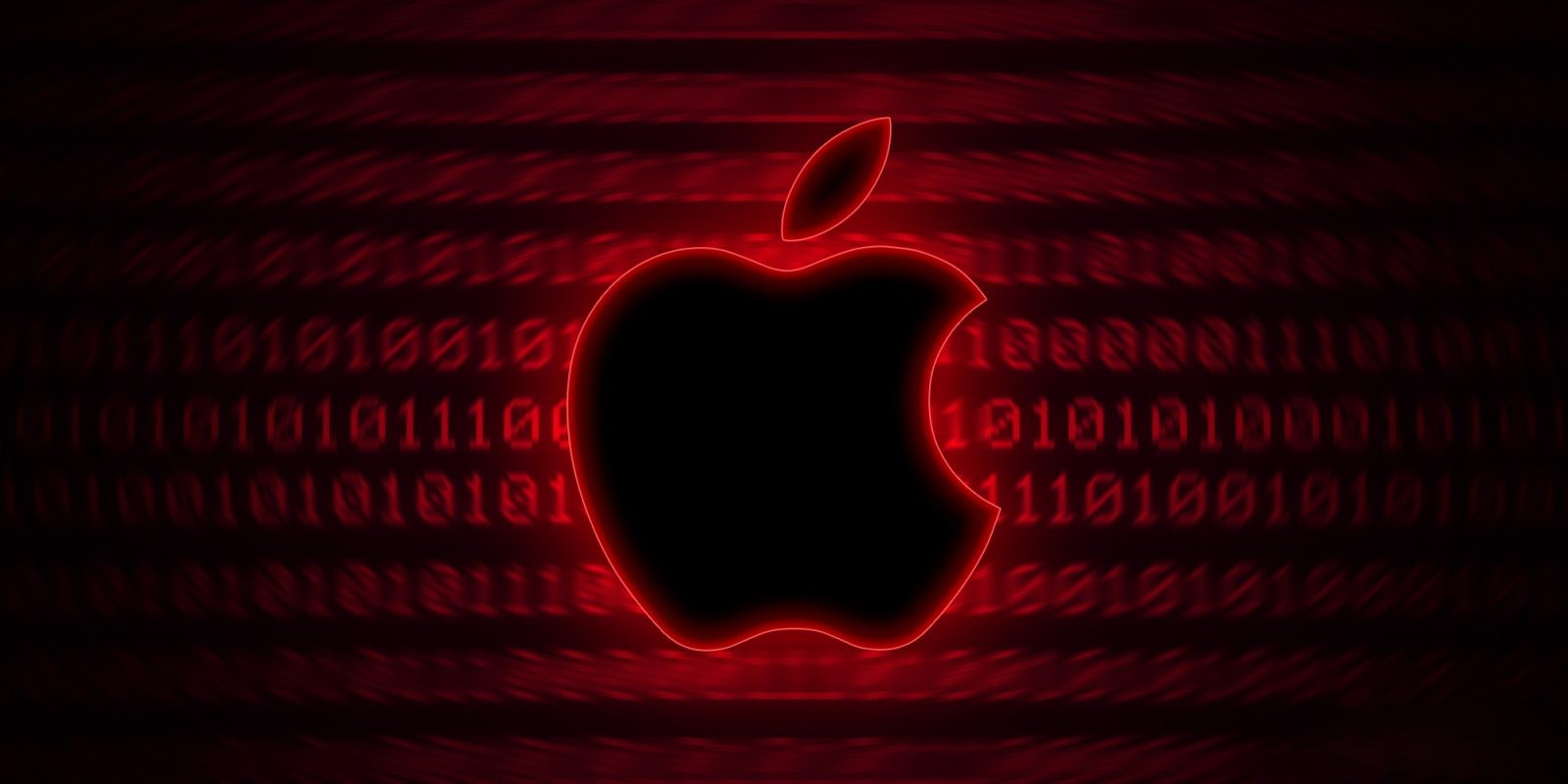Apple has officially added the 2013 Mac Pro, colloquially known as the Trash Can due to its distinctive cylindrical design, to its vintage products list as of July 11, 2025. This designation comes more than a decade after its initial release and over five years since it was discontinued in December 2019.
Introduction of the 2013 Mac Pro
In 2013, Apple unveiled a radical departure from its traditional Mac Pro design. Moving away from the conventional rectangular tower, the company introduced a sleek, polished aluminum cylinder measuring approximately 25.1 cm in height and 16.7 cm in diameter, and weighing around 5 kg. This compact form factor was built around a central thermal core designed to optimize cooling efficiency through a single fan system. The exterior featured a lock switch for easy access to internal components, which were secured with Torx screws. Connectivity was centralized on an illuminated rear panel, offering six Thunderbolt 2 ports, four USB 3.0 ports, one HDMI 1.4 port, and dual Gigabit Ethernet ports.
Technical Specifications and Performance
The 2013 Mac Pro was powered by Intel Xeon E5 processors, available in configurations ranging from a 3.7 GHz quad-core to a 2.7 GHz 12-core model, with Turbo Boost capabilities up to 3.9 GHz. It supported dual AMD FirePro GPUs—D300 with 2 GB GDDR5, D500 with 3 GB, or D700 with 6 GB—tailored for professional applications such as video editing and 3D rendering. The system utilized PCIe-based flash storage options from 256 GB to 1 TB and supported up to 64 GB of ECC unbuffered DDR3 RAM across four DIMM slots. Notably, the design omitted traditional PCIe expansion slots, relying instead on Thunderbolt 2 for external expandability, supporting up to 36 peripherals and three 4K displays.
Challenges and Criticisms
Despite its innovative design, the 2013 Mac Pro faced significant criticism, particularly regarding its thermal management and limited upgradability. The compact cylindrical form factor imposed constraints on hardware expansion, especially as GPUs increased in size and power requirements. In 2017, Apple acknowledged these limitations, with hardware chief Craig Federighi admitting that the design had led the company into a bit of a thermal corner. This admission highlighted the challenges in balancing aesthetic innovation with functional flexibility.
Transition to Vintage Status
Apple classifies a product as vintage when it has been discontinued for more than five but less than seven years. The 2013 Mac Pro remained available for purchase until December 2019, when it was succeeded by a redesigned model that returned to the traditional tower form factor. The addition of the 2013 Mac Pro to the vintage list means that while Apple may still offer repairs and service, this is contingent upon the availability of replacement parts. Once a product surpasses seven years since discontinuation, it is deemed obsolete, at which point Apple ceases all hardware service and support.
Broader Implications
Alongside the 2013 Mac Pro, Apple has also added several other devices to its vintage list, including the 2019 13-inch MacBook Air, 2019 iMac, 2018 11-inch iPad Pro, and the third-generation 12.9-inch iPad Pro from 2018. Additionally, the 128GB variant of the iPhone 8 has joined its 64GB and 256GB counterparts on the vintage list. This update reflects Apple’s ongoing process of phasing out support for older products as it continues to innovate and release new hardware.
Conclusion
The 2013 Mac Pro’s transition to vintage status marks the end of an era for one of Apple’s most ambitious and controversial designs. While it showcased the company’s willingness to push the boundaries of industrial design, it also served as a learning experience in balancing form with function. As technology continues to evolve, Apple’s approach to product design and support policies will likely adapt to meet the changing needs of its user base.



